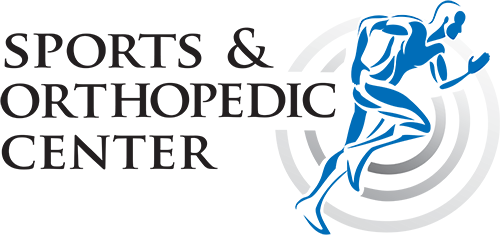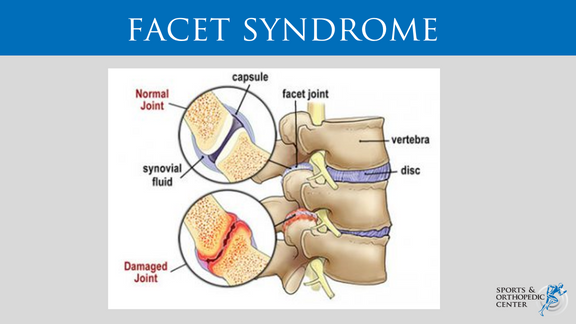What is Facet Disease/Syndrome
Facet disease — also called facet syndrome — describes degeneration of the facet joints in the spine. Facet joints connect vertebrae and they work with the intervertebral discs to provide support, stabilization, shock absorption and flexible movement within the spine. Like other joints in the body, facet joints are covered with smooth, tough cartilage that enables frictionless movement.
Facet disease can be a significant source of back and neck pain. It is a result of the joints within the spine bones being altered. Cartilage can become inflamed, which triggers pain in certain nerve endings.
Symptoms of Facet Disease
The location of the damaged joint and the severity of damage largely affect the presentation of symptoms. Some people with facet disease experience no pain or symptoms at all. The joint will struggle to move in a fluid way. This results in irritation and even inflammation. This will cause pain signals to be sent to the brain, due to your body’s sensory nerves. In turn, muscles may stiffen and even spasm.
In many cases, facet disease causes localized pain, stiffness, tenderness and loss of mobility around the damaged joint. The pain may be aggravated by movements like bending, lifting or twisting. Pain and stiffness are typically worse in the morning and after long periods of inactivity. Degenerative changes can also produce a grinding or grating sound in the joint during movement.
Causes
Cartilage in our joints will wear down with age. Pain from facet disease can be increased by any further injuries, spine conditions, and even obesity.
The most common causes of facet joint syndrome are:
- Degeneration and wear and tear due to aging
- Trauma such as whiplash or a fall
- Overuse due to playing sports or heavy labor demands
- A family history of facet joint disease
- Other factors such as excessive weight, infection or disease
Treatments
Many conservative treatment options can potentially bring significant relief, such as:
- Activity modification
- Pain medication, muscle relaxers and anti-inflammatories
- Heat and cold therapy
- Exercise and physical therapy
When conservative treatments have failed to work, facet joint injections or medial branch blocks using steroid medications can help localize and reduce pain from facet joints. Our specialists can safely perform this treatment using fluoroscopic X-ray guidance in any of our two locations in Coral Springs or Boca Raton.



